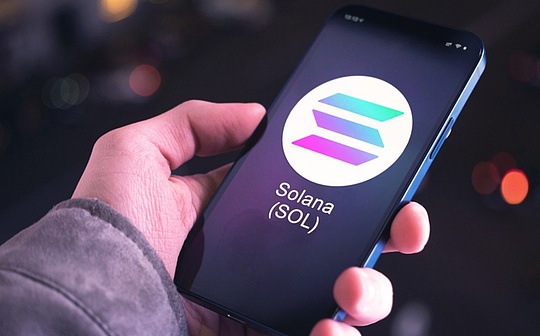BTC native income revolution: How does the Babylon protocol realize PoS secure cross-chain encapsulation through Genesis chain?

Reprinted from panewslab
03/05/2025·1MRecently, Babylon launched airdrop query and registration, giving the Bitcoin ecosystem and the community great expectations, and also announced that the vigorous pledge mining Campaign of Babylon ecosystem Phase 1 is over. However, if you really understand the principles of Babylon technology, you will know that pledge BTC is only Chapter 1 on the main chain, and the launch of the Babylon Genesis public chain is the real chapter of Babylon. Come on, briefly popularize:
Babylon's greatest value innovation lies in the fact that by constructing complex UTXO script contracts on the Bitcoin main network, BTC can achieve asset lockout safely and without custody. That is to say, users' BTC can lock their holdings on the Bitcoin main network in a self-custody form, and at the same time have the rights to staking mining income on other Pos chains?
The question is, just how can lock the position on the Bitcoin main network be used to act on other Pos chains, become an effective lock the position asset and provide security consensus guarantees for the POS chain? The answer lies in the Babylon Genesis chain.
The Babylon Genesis chain (Bitcoin Secured Network, BSN) is a Pos chain built based on the Cosmos SDK. When Babylon locks BTC on the main network through cryptographic algorithms, it is equivalent to a remote and secure staking system. However, in order to realize the remote scheduling and management of assets, the system also needs a chain with "programmable capabilities" to build consensus. The Genesis chain is a unified verification layer and interactive operation layer that helps the Babylon protocol to convert the main network BTC assets into other Pos chain security consensus capabilities.
Through the orderly coordination of the Genesis chain (brain center), Babylon can enable the BTC (insurance vault) locked on the main website of Bitcoin to generate actual use cases on other POS chains and then have income (sources of income). At the same time, it can also imitate Eigenlayer to encapsulate this security consensus capability into goods and provide more Bitcoin layer 2 POS chains to expand the source of income and business combination imagination space.
Only by sorting out this layer of logic can you understand that the real value of the Babylon protocol is not how many assets are locked on the main network, because most of the assets are still in the form of user self-hosting. Babylon's cryptography algorithm can only be considered a "security steward", but it only shares some asset management rights, and it needs to rely on the cooperation of the Genesis chain to exert value. However, the step of locking assets cannot exert all the capabilities of the Babylon protocol's "security as a service".
Therefore, to truly unlock Babylon's Pow to Pos and help BTC Holder realize its great commercial vision of native returns, strictly speaking, it depends on the performance of the Genesis chain after it is launched. If liquid staking service providers such as Solv Protocol, Lombard, PumpBTC, BedRock and other Babylon ecosystems adopt the 1:1 mapping of the BTC main network, they will naturally rely on the operation of the Genesis chain to provide them with unified secure accounting management and greater business model expansion.

 jinse
jinse
 chaincatcher
chaincatcher